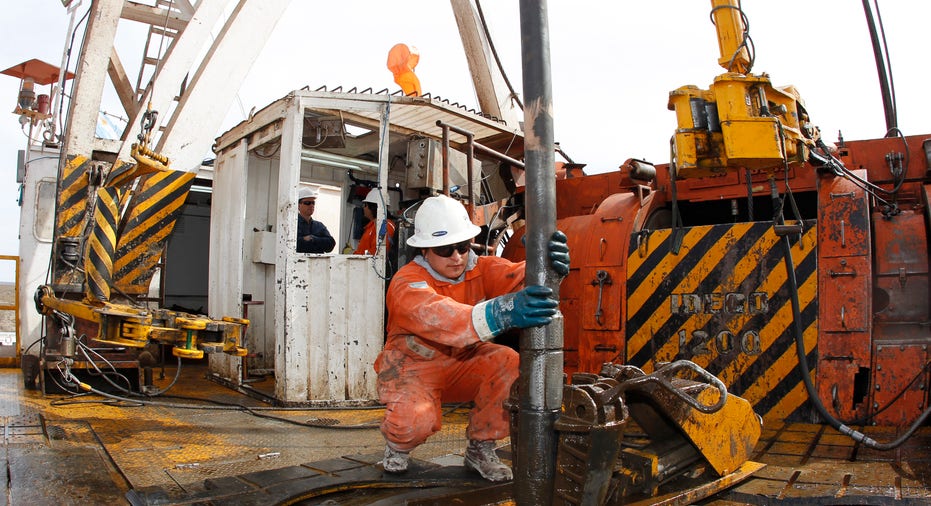What a Quarter: Oil, Gas Prices Surge

Oil rose on Friday to post the biggest quarterly gain since the beginning of 2011 as the growing threat of a disruption of Iranian exports added to supply concerns.
Oil markets, on edge about the potential loss of exports from Iran, briefly spiked in afternoon trade after the Obama administration said there is enough global oil supply to allow countries to cut imports from No. the 2 OPEC exporter.
Obama is required by law to determine by March 30, and every six months after that, whether the price and supply of non-Iranian oil are sufficient to allow consumers to "significantly" cut their purchases from Iran.
The impact of U.S. and EU sanctions, aimed at curbing Tehran's nuclear ambitions, pushed up international benchmark Brent crude by more than 14 percent over the past three months, prompting the United States, Britain and France to mull releasing oil from their emergency reserves.
Obama said that increased production by some countries as well as "the existence of strategic reserves" helped him come to the conclusion, which will allow Washington to move closer to sanctioning countries who still buy Iranian oil.
A Reuters poll of OPEC production showed Iranian supplies have already felt the pinch of sanctions, adding to losses from Syria, Yemen, South Sudan and the North Sea. Overall production from the producer group rose in March, however.
Oil pared gains before the close as trader focus switched back to whether consumer nations would tap strategic stockpiles to bring down prices, which has stirred worries about the economy in the U.S. election.
"The Obama news caused an initial pop up, but then there was a realization it wasn't going to happen immediately and there's been a shift from focus on a threat to close the Strait of Hormuz to whether or not reserves are going to be released," said Dominick Caglioti, broker at Frontier Trading Co. in New York, referring to threats made by Tehran earlier this year to block the key oil shipping strait.
Brent May crude traded up 49 cents to settle at $122.88 a barrel. Prices were up $15.50 since the end of December, the biggest quarterly rise since the first quarter of 2011.
U.S. May crude settled at $103.02 a barrel, up 24 cents on the day and $4.19, and up over 4 percent from last quarter.
Despite the quarterly gains, Brent has traded mostly between $122 and $127 a barrel over the past five weeks, as traders balance supply losses against weak demand in the West and worries about the euro zone.
U.S. gasoline futures, which have been supported by the shutdown of East Coast refineries and the rising price of crude, rose 26 percent for the quarter -- the biggest quarterly gain since the same period in 2011.
Heating oil futures were up nearly 8 percent in the first quarter, despite the mild winter that damped demand. Trading was light with Brent volumes 18 percent below the 30-day moving average and U.S. crude 33 percent below average.
Oil prices got an early boost on Friday when the euro edged up against the dollar and the yen as Spain's budget boosted hopes one of the euro zone's larger economies would tighten its belt. A weaker greenback can lift dollar-denominated oil by making it less expensive for consumers using other currencies.
U.S. consumer confidence rebounded to its highest in 13 months in March as optimism about jobs and income overcame higher prices at the gasoline pump, according to the Thomson Reuters/University of Michigan's reading.
The consumer optimism and a separate report showing consumer spending in February increased by the most in seven months helped counter bearish data showing U.S. Midwest manufacturing activity slowed in March.